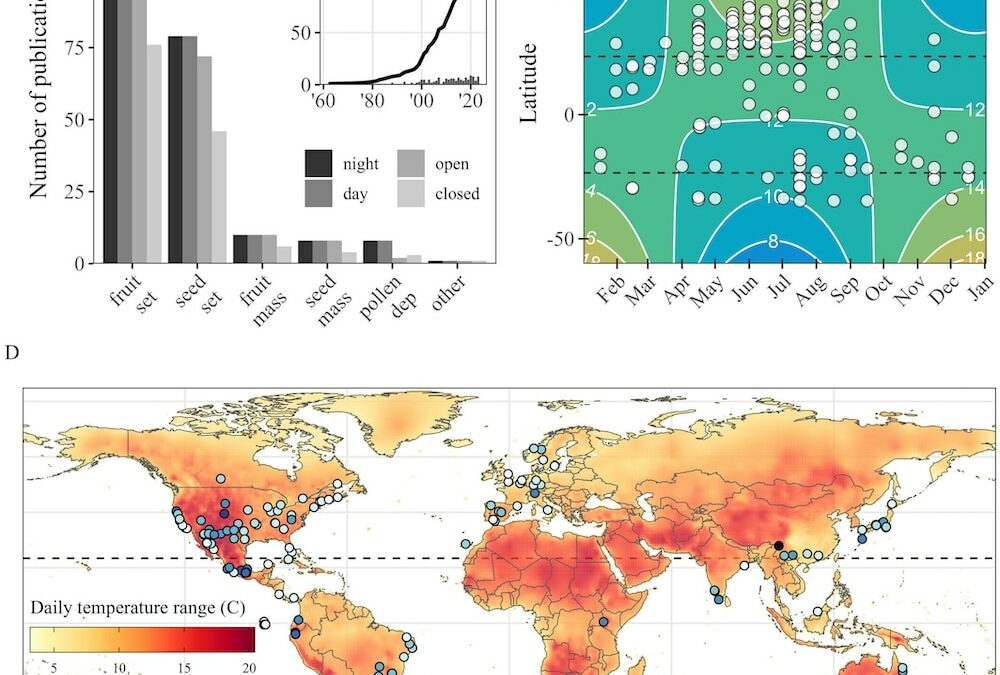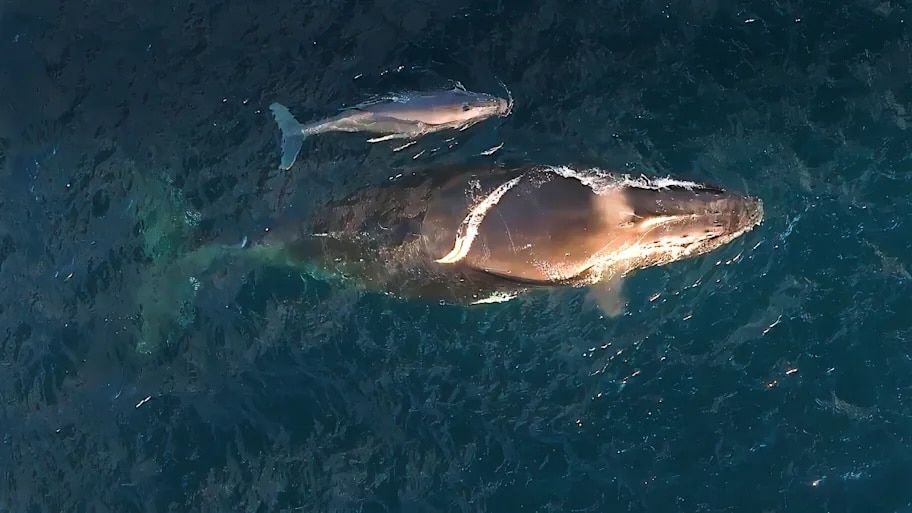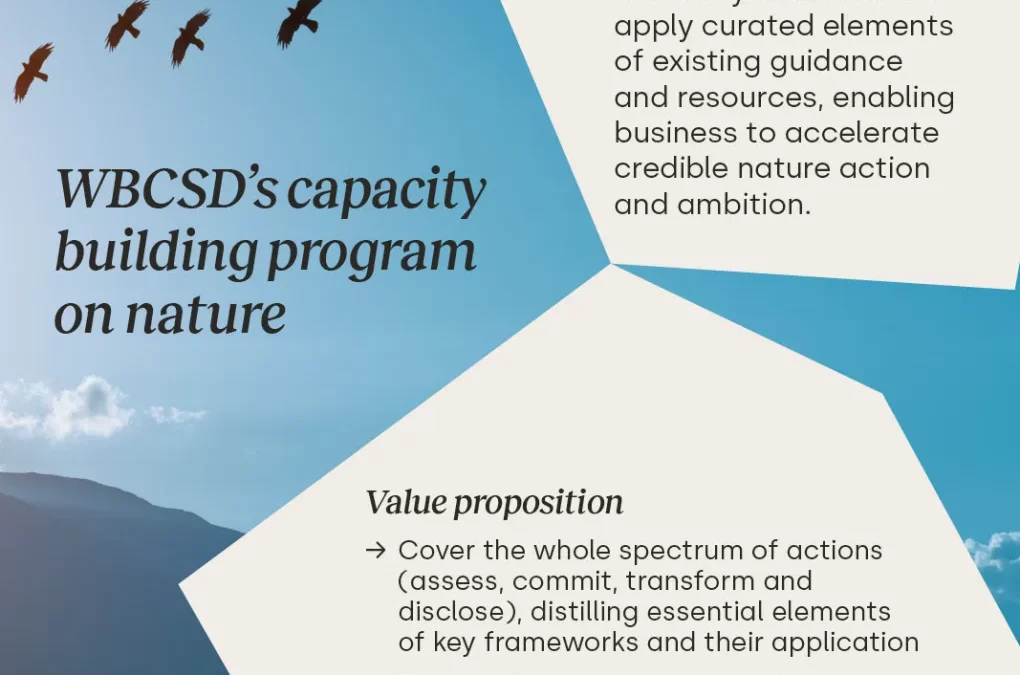
by Komoneed | May 25, 2025
Pollinators are essential for the reproduction of most plant species, including many major food crops, as well as for the maintenance of healthy ecosystems. A new research review by scientists at Lund University in Sweden has found that — in 90 percent of cases studied — nocturnal pollinators like moths are just as important as […]
The post Pollination ‘Magic’ Happens at Night Too, First-of-Its-Kind Study Finds appeared first on EcoWatch.

by Komoneed | May 25, 2025
Scientists once believed that humpback whales only gave birth in the warmth and safety of specific breeding grounds in tropical waters, where they spent half the year. However, new research has revealed that humpbacks around Tasmania and New Zealand can birth calves much further south than expected, and can do so during their epic migrations. […]
The post Humpback Whales Give Birth During Epic Migrations and Continue Traveling: Study appeared first on EcoWatch.

by Komoneed | May 23, 2025
By reversing a takeover by non-native species, native species have a chance at recovery in their natural habitats, according to a new study led by scientists from the University of California, Davis (UC Davis). The study, published in the journal Biological Conservation, explored how removing invasive bullfrogs could affect the native western pond turtles, which […]
The post Removal of Invasive Bullfrogs Leads to Increase of Native Pond Turtles in Yosemite, Study Finds appeared first on EcoWatch.

by Komoneed | May 23, 2025
This post was originally published on WBCSDIs “biodiversity” the same as “nature”? We have 30,000 suppliers; how do we even begin to understand their impact on nature? How can I make a strong business case for shifting product design to reduce our negative impacts on...

by Komoneed | May 23, 2025
This post was originally published on UNDPCote d’Ivoire-AIP: UNDP seeks to harness the transformative power of market forces to benefit disadvantaged populations (FR) melanie.pisano… Thu, 05/22/2025 – 06:34 This article is in French and covers a workshop...





